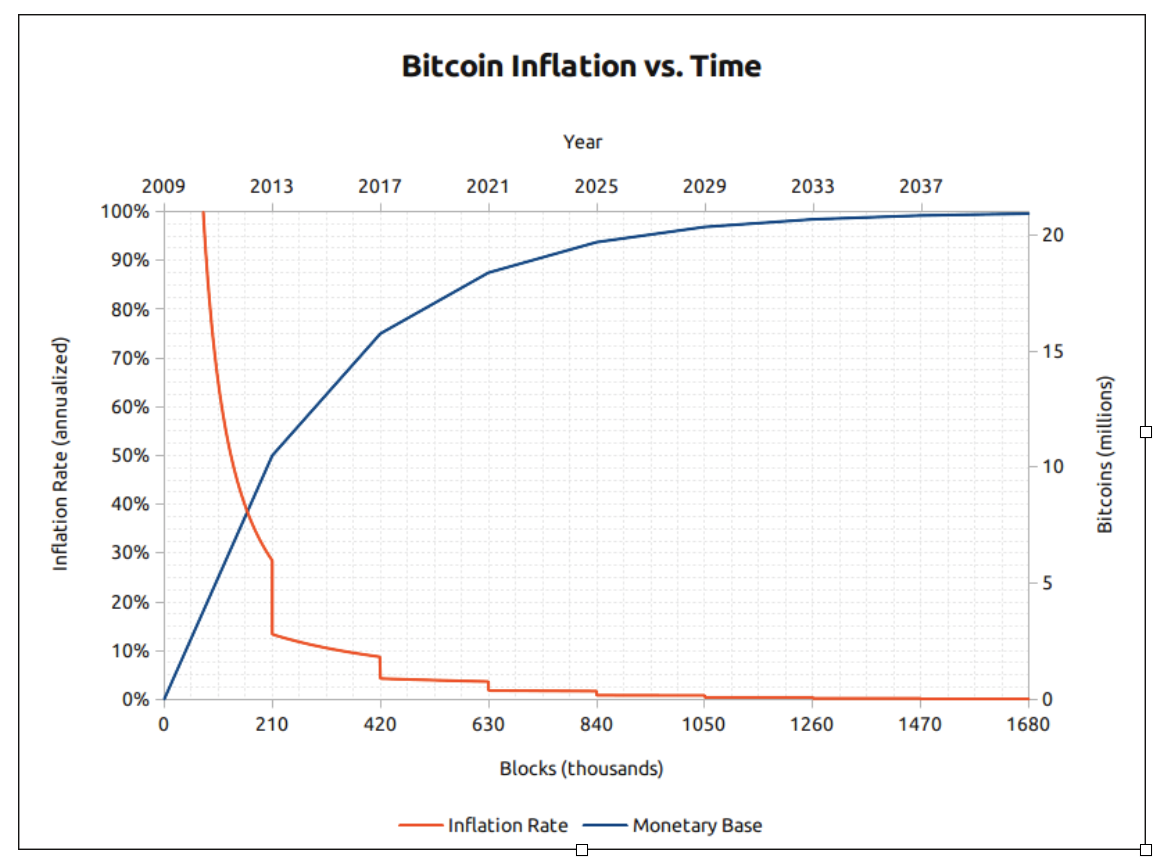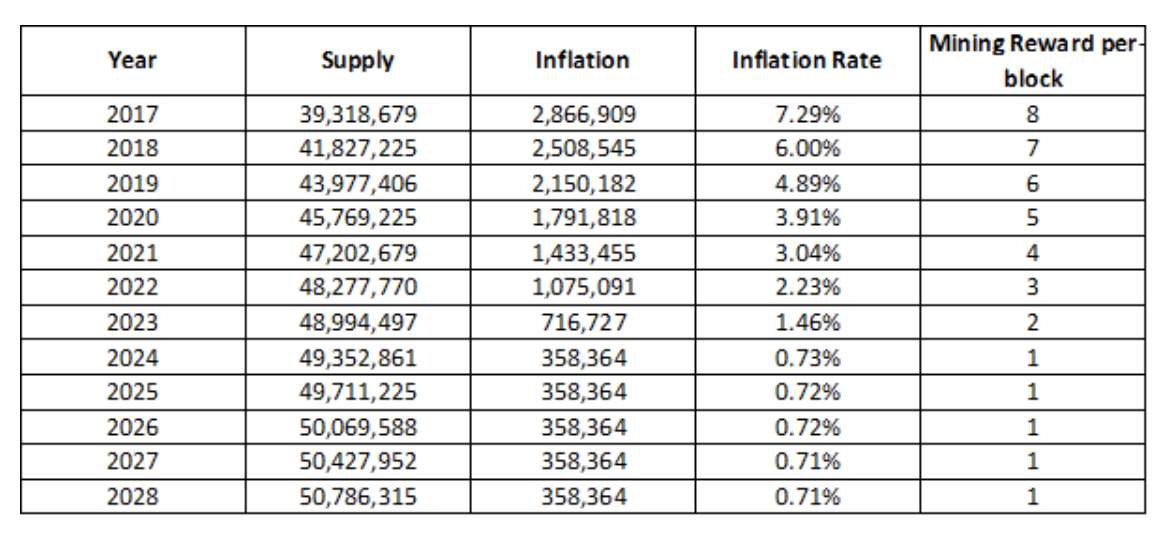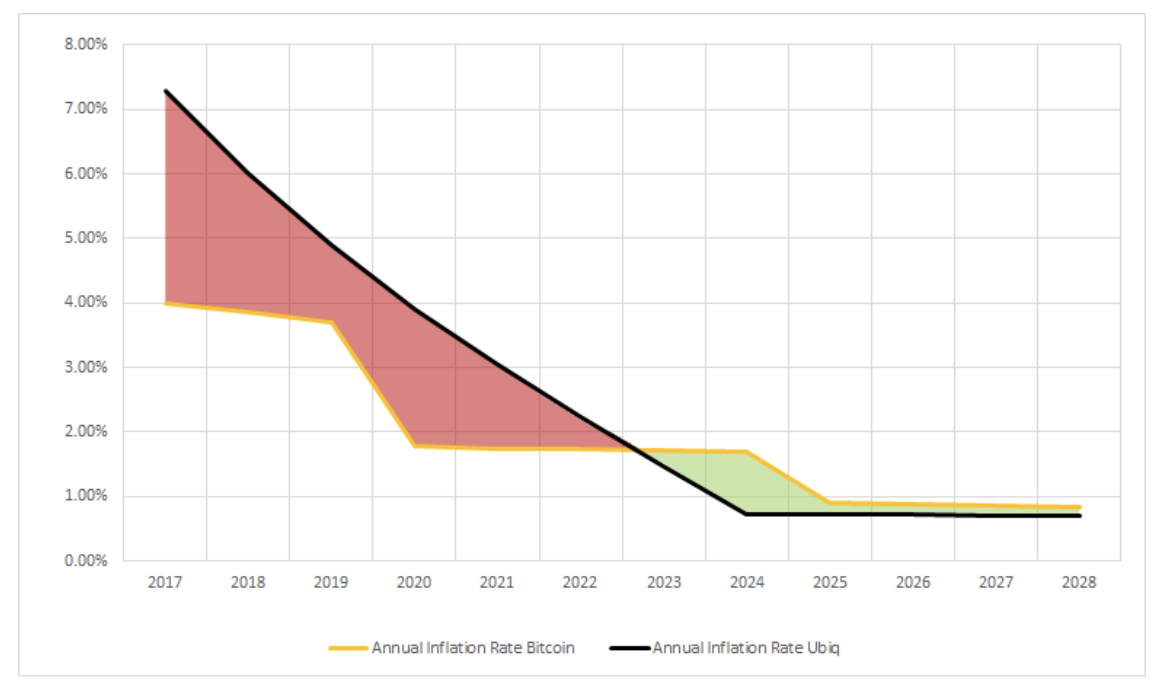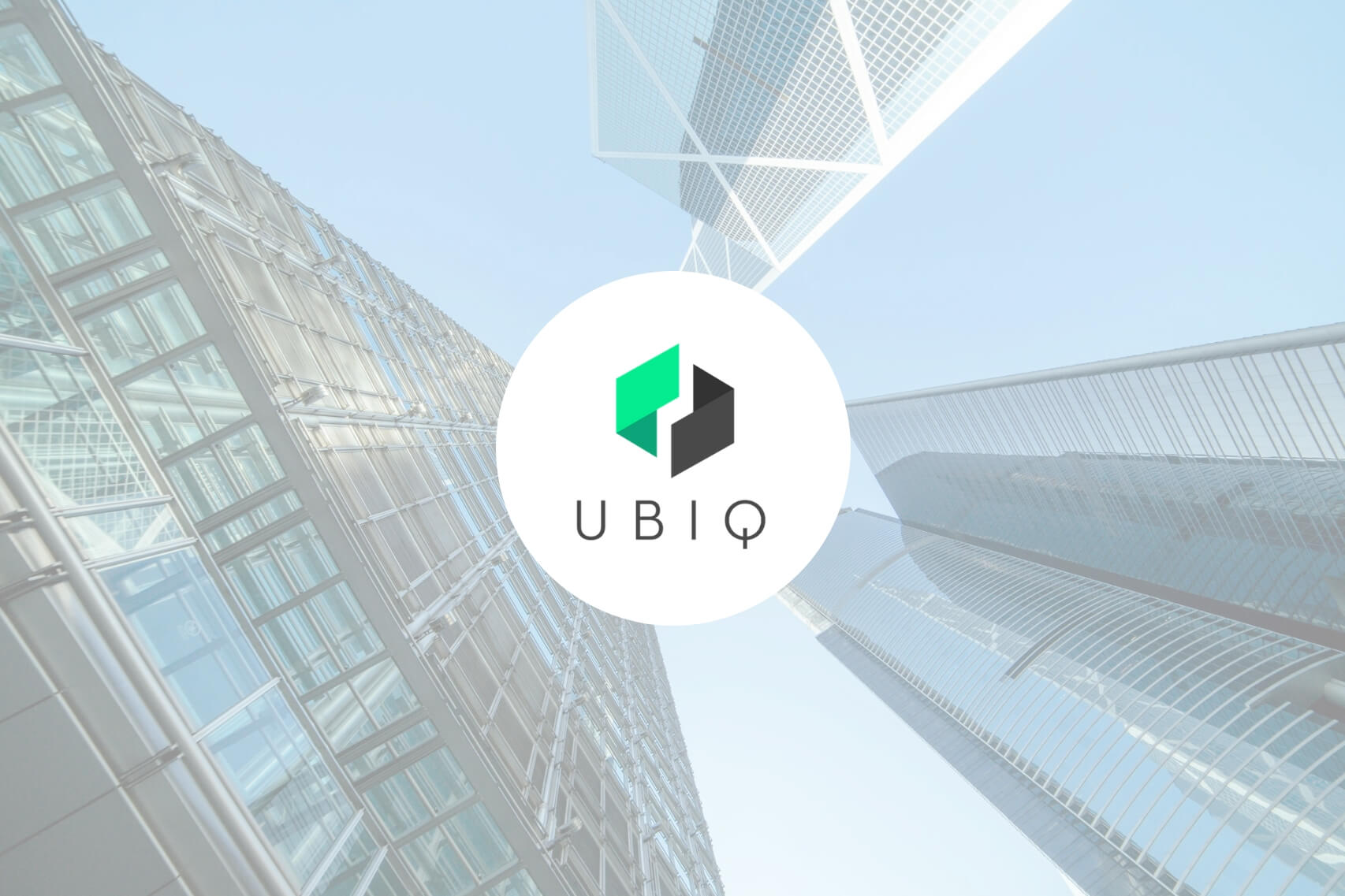Cryptocurrency has gained a lot of media exposure in recent years, with news outlets giving top coins increasing amounts of exposure. This is good for cryptocurrency in the long term, as more public awareness of projects leads to greater adoption and acceptance.
However, often these reports only cover the business case of the various coins and price related movements, they neglect an important aspect of why Bitcoin has been such a phenomenon in the first place.
Bitcoin was born out of the 2008/2009 crisis. Bankers had recklessly engaged in fraudulent behavior, only to be bailed out by our central banks once more. Bitcoin was the solution to this issue, providing a solid alternative store of value in the face of inflationary printing of currency.

A naturally deflationary monetary policy was programmed into the code of Bitcoin, reducing the new supply being brought into the market every 4 years and causing a modern “gold rush.” No possibility of a central authority “bailing out” institutions and governments via inflation, guaranteeing a deflationary environment for all those who hold.
What is Ubiq’s Monetary Policy?
The founders of Ubiq placed a high value on the deflationary nature of Bitcoin when they were designing Ubiq’s monetary policy. Whilst UBQ is a utility token and designed to be used as gas to fuel the network, there was a recognition that one of reasons that made Bitcoin such an investable asset was this natural deflation placing an upwards pressure on the price.
However, there are some limitations with Bitcoins policy.
Eventually all Bitcoin will be mined, with a hard cap of 21 million BTC that can ever be produced. This means that eventually there will be an upward pressure on mining fees to continue fueling payments on the network, and potentially this could cause an issue with network stability.
With this in mind, Ubiq did not place a hard cap on the amount of UBQ that can ever be created — rather they went for a continually decreasing inflation rate relative to the total supply.

As you can see from the table above, the founders of Ubiq designed the mining reward to drop to 1 UBQ per block over 8 years, with the total supply stabilizing around 50 million UBQ. This means the inflation rate continually drops as a percentage against the total supply, but allows miners to still be incentivized to continue mining and support the network.
Why Ubiq’s Monetary Policy Makes Me So Bullish on the Future of This Cryptocurrency
Although Ubiq is a relatively unknown gem (with a market cap of around $21 million at the time of writing), its current transactional activity on the network rivals and often outperforms the likes of NEO and other top 20 coins. Combining this with the hard-coded decrease in inflation year after year you now have a low market cap coin, with a high level of adoption and a lower inflation rate than Bitcoin by 2023.
This is a perfect storm of factors which could lead to an explosive price movement.
The chart below compares inflation rates between BTC (orange) and UBQ (black). The highlighted sections show the difference in inflation between both coins. Once this indicator turns green, Ubiq has a lower inflation rate than BTC.

Considering the gains in price BTC has made during periods of relatively high inflation, I can say I am extremely optimistic about Ubiq as an investment. Once this bear market ends and we go back into a growth period, I am more certain than ever about the return this coin will offer.
 Contributed by Kris Lester
Contributed by Kris Lester
Kris has been working in the tech industry for over a decade, with new and innovative technologies, most recently becoming a fan of the revolutionary potential of the Blockchain. He is Ubiq’s Community Manager and a long-standing member of their community.
Related: Top 5 Undervalued Platform Coins

